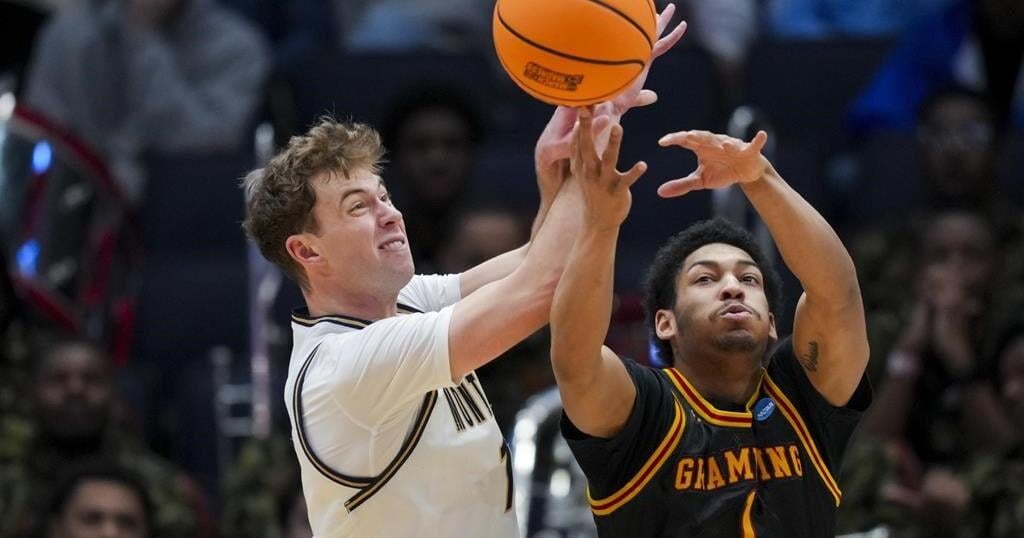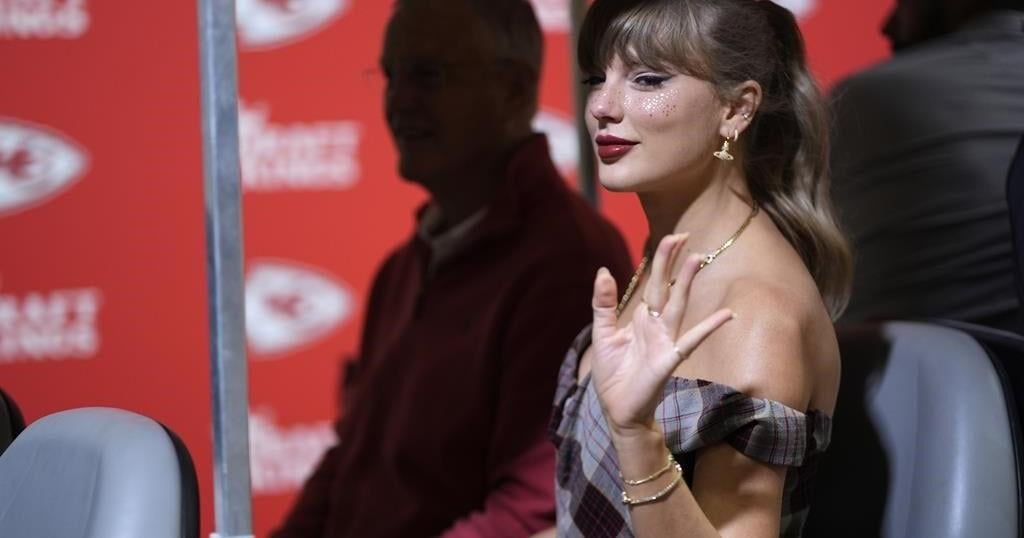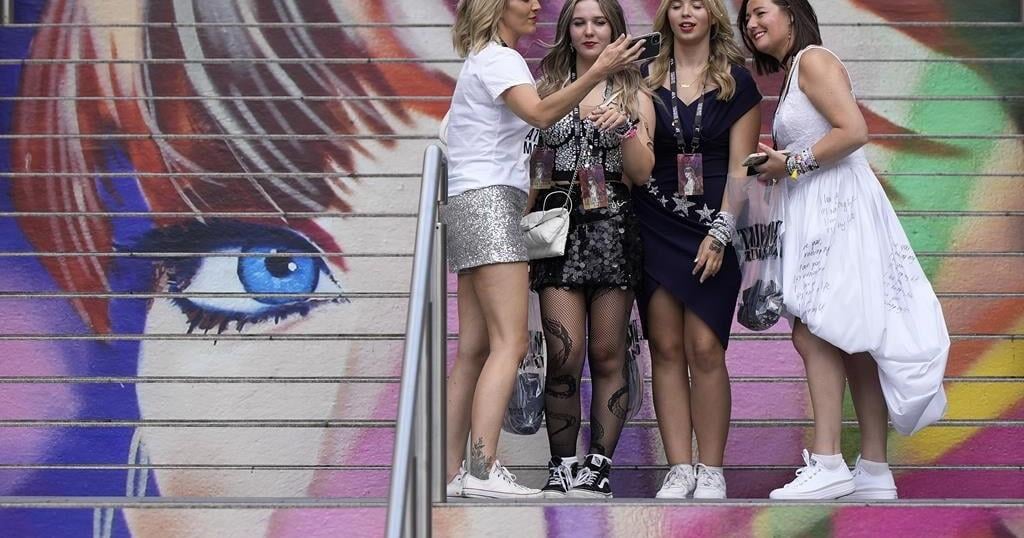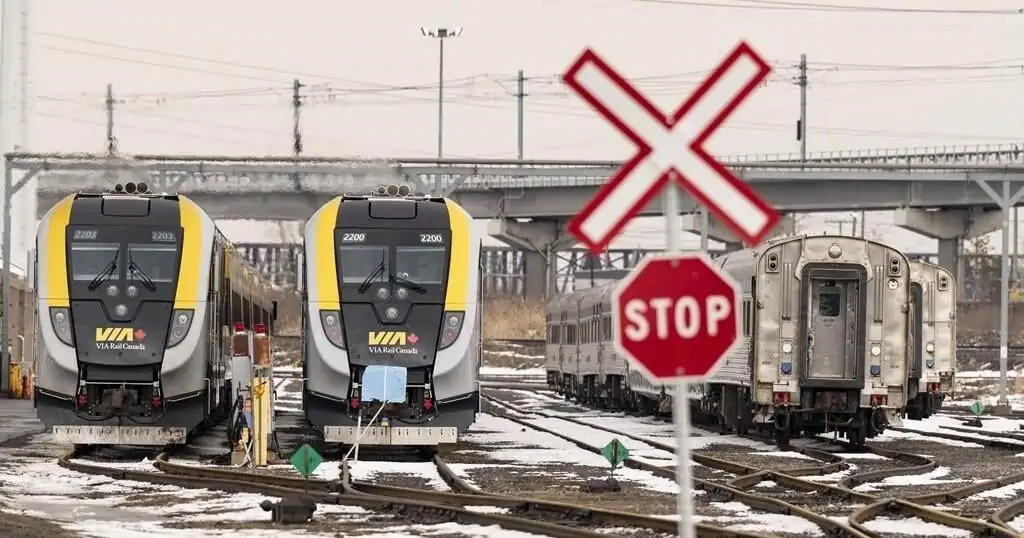Marc Smith was relaxing in his basement when he got an alert on his phone. An athlete at his alma mater, Grambling State, had posted on social media about not having enough food and needing help.
That incident led Smith to form the Icon 1901 Collective in April 2022 to help Grambling athletes land paid endorsement deals at the school best known for iconic football coach Eddie Robinson. Smith searched and couldn’t find a single historically Black college or university with a collective focused on name, image or likeness compensation so he expanded Icon 1901 to represent HBCU athletes elsewhere as well.
“These kids want to be inclusive in the NIL space and many of the universities don’t have the resources,” Smith said.
Outside the biggest and wealthiest athletic programs, the financial strain of offering robust NIL options to college athletes is a constant concern and is often especially pronounced at HBCUs. The four major HBCU conferences recently agreed to work together to increase the value of HBCUs and send more athletes to the pros, but now there is a new wrinkle.
The mammoth $2.8 billion antitrust settlement agreed to by the NCAA and the biggest conferences in the nation includes the prospect of schools paying athletes directly starting as early as 2025. Revenue sharing is a new and daunting factor for all schools with modest resources, including HBCUs.
“There may be some questions about how are they going to be able to navigate this, but if past experience is any indication they will find a will and a way based on alumni coming together to figure out a way to push these institutions forward,” said Texas Southern Professor J. Kenyatta Cavil, who studies HBCU athletics.
Less money to work with
Only a handful of Black colleges have NIL collectives to help arrange deals for athletes, though efforts have grown in the past year or so as alumni have rallied and in the wake of Deion Sanders’ football coaching tenure at Jackson State.
Many HBCU schools don’t rake in nearly as much money from sports as their Championship Subdivision peers. Out of 64 FCS schools, none reported less total athletic revenue in 2023 than Mississippi Valley State’s $4.8 million, according to Knight-Newhouse. Eight of the bottom 11 were HBCUs.
Alcorn State, like Grambling and Mississippi Valley part of the Southwestern Athletic Conference, reported $7.9 million. That compares to James Madison’s $68 million at the top of the list (not acounting Ivy League schools).
Big picture
SWAC Commissioner Charles McClelland said he doesn’t know what the athletics landscape will look like down the road. But he knows big-money schools and conferences don’t either, and that whatever happens will ultimately trickle down to his league and the rest of the FCS.
The SWAC and Southeastern Conference are both headquartered in Birmingham, Alabama. That affords McClelland and SEC Commissioner Greg Sankey chances to meet and discuss the potential changes.
“One thing he said to me, he said, ‘Charles, we have the same problems. There might just be differences in zeroes at the end of those problems. We’re all in this thing together,’” McClelland said. “We have to share ideas. And what better opportunity to learn and grow than to share ideas with the SEC from the Southwestern Athletic Conference standpoint?”
Dollars and departures
Prairie View A&M football coach Bubba McDowell said his SWAC program lost a half-dozen top players because of NIL money. His school didn’t have it, others did. He is leery of what revenue sharing might do to recruiting and retention of players at HBCUs.
“It’s going to hurt big time,” McDowell said. “That’s what these kids are looking for and that’s what society has done for these young men. I’m not against that. I’ve said from Day 1, if we’re going to do this thing, let’s do it the right way. We just still haven’t figured out how to do it the right way.”
McDowell and his SWAC peers are realistic. Unless their name is Sanders, now at Colorado, top recruits were likely headed elsewhere anyway.
Now they are also more likely to develop and then lose players who are missed or not recruited by bigger programs out of high school. Alabama State coach Eddie Robinson Jr. (no relation to the former Grambling coach) went from a walk-on with the Hornets to a second-round NFL draft pick at the same school.
The Hornets’ leading receiver, Kisean Johnson, left for Western Kentucky after last season.
“We’re still looking for the same type of kid,” Robinson said. “It’s just a matter of can we hold on to them once they develop into that player. That’s kind of the part that you don’t like.”
Rich on tradition
There’s no denying the tradition and passionate fan bases of HBCUs. The Bayou Classic between Grambling and Southern drew nearly 65,000 fans to the Superdome in New Orleans last season. The Magic City Classic pitting Alabama State and Alabama A&M brought 52,000-plus to Legion Field in Birmingham.
“I think once you become part of the HBCU family you’re going to go to all of those big games and it’s more than just, ‘I went 2,000 miles away from home, I got a big check and then I never go back to the school again,’” Robinson said. “Once you start coming to Alabama State, you come to the Magic City Classic, you’re going to be 50 years old coming back to the Magic City Classic. It’s going to be part of what you do.”
FCS challenges
Black colleges are hardly alone in their uncertainty about how to handle sharing revenue with athletes. Athletic directors below the Power Four leagues are grappling with three major financial topics: Less annual money from the NCAA because of the damages portion of the settlement; establishing the best options for a limited donor base so their school has a shot at landing athletes with NIL deals; and figuring out how much they can take on should their school decide to pay athletes.
“As a general sense, FCS football programs are struggling to retain talent because they do not have established NIL collectives or partners,” said Blake Lawrence, CEO of Opendorse.com, an NIL marketplace. “I think there’s a growing need for those programs in the HBCU and beyond to have a real answer to, how do we retain talent by leveraging NIL? It will become a growing need.”
HBCU teams and collectives
Opendorse partners with dozens of schools across all three NCAA divisions that have or are trying to develop NIL collectives. That group includes HBCUs Jackson State, Delaware State and Howard.
The Icon Collective’s web site reads: “For years, the Black athlete has built wealth with their skills on the field and some have written their way into history via their universities and on the national level.”
Smith said he and his team aren’t trying to make HBCU athletes wealthy. He said his collective represents some 350 athletes from 45 Black colleges, just under half of the 107 total, according to the Labor Department. He said the deals typically range from $500 to $1,000 per athlete and often run for 3-6 months.
“We’re not here to make millionaires or make school free for kids. I’m here to lessen the burden,” Smith said.
His son, Jayden, landed a $20,000 deal with math tutoring company Mathnasium in October 2023. Jayden Smith plays baseball for Xavier University of Louisiana, an NAIA school, and does things like promotional videos on YouTube.
Grambling basketball player Jimel Cofer received a deal with Buffalo Wild Wings after his layup sent the Tigers into overtime in an eventual win over Montana State in a First Four game of the NCAA Tournament. Marc Smith said the deal was worth $5,000.
Krispy Kreme locations in Tallahassee, Florida, have offered a “Dean Dozen” special named after Florida A&M running back Kelvin Dean, who was the Celebration Bowl offensive MVP.
Players’ perspective
Alabama State quarterback Andrew Body, a Texas Southern transfer, said he had some interest from Bowl Subdivision schools while in the transfer portal. Going to those might have meant some NIL money, but he said he is being patient and focusing on a potential pro career, saying “getting paid in college right now kind of takes a little hunger away from your game.”
“It’s tough to compete with (NIL money) but the thing I think the kids are really missing on most is, if you do what you’ve got to do on the field, some type of connections, revenue, whatever it may be are going to come your way,” Body said.
Grambling State quarterback Myles Crawley, the preseason SWAC offensive player of the year, said in July that he didn’t have a NIL deal but noted “there’s nothing like the HBCU experience.”
“I grew up around the HBCU coaching so I always said I wanted to start at the HBCU and finish,” Crawley said. “I’m building a culture for the next guy to understand that they can make it from an HBCU. The money might be different but as far as culture, there’s nothing like HBCUs.”
___
AP college football: and

























